|
A grim portrait of a day in the life of an alcoholic, The Noose is harrowing deconstruction of addiction in which a kafka-esque nightmare of brooding paranoia and withdrawal-induced anxiety is fully-realized in vivid detail, as Wojciech Has crafts an intimate, honest portrait of addiction void of simplistic or judgmental assertions. Opening in the cramped, claustrophobic flat which our main protagonist inhabits, The Noose wastes no time with its visualization of an alcoholic, imploring a series of off-kilter compositions which evoke the anxiety-riddled struggle taking place from within our main protagonist. He is a man who is desperately trying to regain control of his life; aided greatly by his girlfriend, but when she goes to work for the day he is left alone, with only his temptations to keep him occupied. What transpires over the next 80 minutes of The Noose is a battle of will, with our protagonist fighting his addition, as he wonders the streets of his Polish community in an attempt to escape his own mind. Along with Billy Wilder's The Lost Weekend, The Noose is one of the most honest, nuanced portraits of alcoholism; a film which understands the true weight of addiction on the psychology of an individual, doing so at a time in which there was little common knowledge about this internalized struggle. The Noose is more impressionistic, which isn't very surprising given it comes Wojciech Has, yet the film's ability to showcase the parallels between addiction and loneliness stood out. Loneliness and Addiction are two forces which feed into each other in The Noose, as our main protagonist struggles most when he finds himself alone in his own head; grappling with his inner psyche over what he wants - whether to be sober or clean. He is presented as a man who truly wants to be clean, and has the help of a loved one who cares deeply for him, yet it's this internal battle from with-in that plagues him; a man who is tormented by pessimism, often reinforced by various locals who know him as a drunkard, while also offering up glimpses of optimism about finally being clean. Wholly intimate in approach, Wojciech Has' also seems to speak to the larger social issues plaguing Polish society as a whole; with the film detailing how their are temptations everywhere, with drunkards being a regular occurrence on every street corner in which this main protagonist traverses. While the perceptions of our main protagonist are certainly a factor in how this town is presented, The Noose portrays Polish life in a way that is hopeless and stagnant, with the bar patron which our protagonist befriends being the best example of this. This man is presented as a complete drunkard, a character whom is completely lost and defeated by the throngs of addiction, yet we also learn he was once prominent saxophonist. This character serves not only as projection of the main protagonist but perhaps one for society as a whole, as Wojciech details the degradation which alcoholism and addiction can have on any individual, even one who was once driven or successful. Exhibiting addiction as an insurmountable force, The Noose is a introspective, albeit forceful, deconstruction of the toxic nature addiction has on the psyche; detailing in its main protagonist a man whom struggles mightily from with-in, despite being loved and supported by his girlfriend.
0 Comments
Adhering to no stringent formalism, J.P. Sniadecki & Joshua Bonnetta's El Mar La Mar is an immersive, sensory experience that offers up a rhythmic portrait of the United States-Mexico desert border, one that often transforms into an impressionistic nightmare as the two filmmakers deconstruct the sorrow which haunts this desolate, dangerous strip of land. Deeply humanistic and balanced in approach, El Mar La Mar maintains a steady unwillingness to enter into the tribalistic nature of political discourse, never falling into the same in-group/out-group trappings which plague so many films, only interested in crafting its harrowing portrait in which a mystical atmosphere and observational eye create a stunning meditation of the painful memories which plague this land. All perspectives are accounted for on both sides of the border, but not in a political sense but a humanistic one; as many of these characters offer up personal stories about their experiences. The two nation states -United States of America & Mexico - aren't even mentioned by name, they are just landscapes, natural, earthly structures, and in doing so El Mar La Mar effectively strips them of their power in an attempt to force the viewer to leave their preconceived notions behind. El Mar La Mar shows little interest in why, and in doing so it transcends most documentary films and becomes a transcendent, almost spiritual experience, one in which the viewer is forced to focus on the individuals effected by this seemingly insignificant strip of land which has been given paramount meaning due to the political power structures between it. Through its impressionistic craft and objective naturalist approach, El Mar La Mar becomes a mystical experience, one in which the memories of those lost, and those effected shine through in vivid, harrowing detail - it's an experience I won't soon forget. A transfixing sensory experience that resonates emotionally long after the credits roll, J.P. Sniadecki & Joshua Bonnetta's El Mar La Mar is a transcendent piece of art which should be experienced by everyone.
A masterclass in minimalist, downbeat formalism, Robert Mulligan's The Nickel Ride is a meticulously crafted neo-noir full of urban paranoia and quiet menace, encapsulating a time-period in American in which the cities were going through demographic and cultural change. Centered around Cooper, a small-time criminal who has been managing a series of warehouses for the mob in Los Angeles, The Nickel Ride is a story and subtle escalation, as Cooper begins to recognize his time in this seedy, grim lifestyle is coming-to-an-end. I'm not sure I've ever seen a film set in Los Angeles with such impressionistic seediness, with The Nickel Ride's aesthetic being much more commonly seen in stories taking place in New York or Chicago, where the gloomy, grimy, gray color palette perfectly evokes the nature of the world which these characters inhabit. Constructed in a way that puts character first, The Nickel Ride's narrative never feels constrictive at all, spending the time necessary to let the audience immerse itself in the environment of Cooper; one in which petty thugs, loudmouths, and lowlifes are common place, and major business transactions take place shadowy, rundown interiors which bristle with quiet menace. Through early interactions between Cooper and various shady characters, the film informs the audience of Cooper's exact circumstances, one in which he is growing increasingly paranoid due to his inability to satisfy his boss, Carl. Cooper is a dinosaur, an outsider now in this world who made his weight in an earlier time, and as the film progresses it becomes clear that while his bosses various enforcers offer a very real physical threat to Cooper, it's the internal, existential dread inside Cooper's mind that consumes him, as he finds himself confronted and haunted with the realization that his time in this lifestyle has passed him by. The Nickel Ride's aesthetic provides plenty of seediness and impressionistic designs, yet the psychological deconstruction of Cooper as the film progresses is what engages the viewer up until the film's grim finale. The Nickel Ride is a story ripe with paranoia, one in which objective reality is occasionally subverted, exposing the viewer to the fractured, fearful psyche of Cooper, a man who knows he can't stop the seeds of change. A story about the relentless nature of cultural change and the sharp contrasts which are created, Mulligan provides subtle juxtapositions throughout the film's narrative which evoke the existential struggle of our main protagonist against larger environmental forces; the interlude being one prime example, where Cooper and his wife Sarah spend time at a cabin-in-the-woods, with the sun-soaked lake front being the perfect juxtaposition to the grey, dirty urban environment in which he came. Turner the cocky, cowboy mob enforcer is perhaps even a better example, being the perfect antagonist, the ying to Cooper's yang, a character whose inescapable, cavalier temperament goes against type by design; another decision by Mulligan which evokes the sharp contrast and changing times of this story which slowly and methodically destroys our lead character. Meticulously designed both aesthetically, narratively, and thematically, The Nickel Ride is a downbeat crime film that shouldn't be missed, delivering an immersive experience into the slowly spiraling mid-level crime boss associate whom is losing control on the space he inhabits.
Visionary and imaginative in scope, Alex Garland's Annihilation is introspective science fiction filmmaking that is sure to engage the viewer on one level or another; a film that demands being experienced on the largest screen possible. Transfixing in its visual acumen, Annihilation transports the viewer into another world, one that is vibrantly beautiful, yet ominous and frightening, an aesthetic which imagines a world in which the laws of nature are genetically accelerated and fragmented. The extreme beauty in both the lightness and darkness of life itself is presented through beautiful cinematography and production design, cohesively forming an aesthetic that mimics Annihilation larger narrative and thematic assertions related to our existential search for meaning. Thematically messy at times, Annihilation is refreshing in its unwillingness to play it safe, telling a story which blends existential assertions about life itself with a gripping science-fiction mystery, one in which horror, action, and psychedelic sensibilities are blended into a cohesive, singular vision. Great science fiction is predicated on its ability to challenge what we know as objective reality, and Annihilation manages to do this beautifully, effectively asserting one to recognize how insignificant we are under the existential scope of life itself. Annihilation's emotional core is messy and underdeveloped, yet the film's grander themes make it almost inconsequential, using its characters to deliver an interesting reflection on the darker, self-destructive elements of humanity through the apparatus of a alien/sci-fi story. The mystery and intrigue about this ominous world is the driving force behind this entire story, yet in its conclusion we discover that this force known as "the shimmer" doesn't have malevolent nor benevolent intentions; it's a blank slate, like life itself, one in which humanity could never completely understand. In its conclusion, Annihilation's lead protagonist is confronted with the realization that there are neither good nor bad guys in this story; just life itself in all its various incarnations, doing what is expected to survive. Annihilation pontificates humanity on a existential level, a film which doesn't completely stick the landing in terms of cohesive thematic messaging sure, but one which is thoroughly engaging, thought-provoking, and singular from start to finish. Alex Garland's Annihilation is a film which will challenge many viewers whom look for purely escapism in their science fiction; it offers plenty to satisfy that need but the filmmakers want more. It's a film you may not end up "liking" but one you probably won't regret experiencing, particularly on a big screen; as Annihilation is the type of high-concept science fiction we need.
A clever reconstruction of the Zombie film, David Freyne's The Cured implores a formalism that effectively expands the emotional girth and thematic weight often allocated to such genre entries. In this singular vision, a cure has been found, many of the infected are cured, but many problems persist; the once-infected zombies now find themselves discriminated against, unable to rehabilitate themselves and find a place back in normal society. The Cure's first half is transfixing and alluring, one that finds itself traversing some very heavy themes related to moral relativism, statism, democracy, and authority. We are introduced to 'The Cured' individuals who are ostracized and demonized, stripped of their free will both metaphorically and literally, individuals whom must do what they are told in nearly every aspect of their life; individuals forced to succumb and comply with the authority of the state, in this case specifically the military. The Cured's design effectively blurs the lines between protagonist and antagonist- the audience finding empathy for The Cured, characters who represent approximately 25% of the population yet find themselves oppressed due to fear and anger. We feel for these characters, yet the film makes sure to remind us routinely of the horrendous past crimes they committed when infected. The moral relativism displayed in The Cured, at least early on s quite refreshing in this regard; unwilling to present morality in an objective way. This of course is due in large part to its formalist construction and overlying conceit - The Cured at one point viciously murdered and maimed, they killed without any semblance of empathy under this disease; Now they are cured, yet what are the moral and social repercussions of injecting them back into society? The Cured isn't a subtle film, it wears its message about discrimination on its sleeve in a way that can be heavy-handed, yet it always remains interesting thematically. Allegorical in nature, a lot can be projected onto this film; whether it be related to the LGBT, Race, or Class struggle, yet that fundamentally misses the larger assertion - the intrinsic flaws of democracy related to the majority and minority. Intentional or not, The Cured somewhat heavy-handed story is at it heart a story of oppressors and oppressed, a film that keenly showcases how the authority/power apparatus itself is almost intrinsically used by the majority to oppress the majority, in this case it being the uninfected Majority oppressing the Cured minority. The Cured are individuals whom are so judged, so feared by the majority, that they find themselves oppressed and ostracized in a way that breeds anger, which leads to the third act where the film becoming less interesting, divulging into a more traditional antagonist/protagonist conclusion, one in which the film settles an over-played, albeit paramount assertion, related to cyclical nature of oppression, violence, and vengeance.
An eco-political horror film set in early 1980s New York City, Michael Wadleigh's Wolfen is a violent, dirty, cynical thriller; a film which isn't afraid to fully embrace the grimy, gritty, New York aesthetic of the time period in telling its tale of a killer wolf on the loose. Incorporating native american mysticism into the when-nature-attacks archetype, Wolfen examines the imperialistic nature which humanity has on its environment, with the malevolent force causing carnage in this film being a reaction to man's constant advances. More amusing than thrilling, Wolfen follows a hard-nosed New York detective as he navigates the dilapidated and impoverished under-belly of New York City, attempting to find the thing responsible for a string of violent, brutal deaths. Wolfen presents New York City as a place of abject poverty, dilapidated, and desecrated by drugs and crime. Blunt and peurile in its denoucement, Wolfen is aided by assured direction. Leaning into the voyeuristic nature of a predator, Wolfen features a heavy dose of point-of-view photography from the wolf's perspective- the camera lurks in the shadows, mercilessly stalking the men who've breached the wolves' habitats with a slow, cold resolve. This wolf's vision given via the filmmaker's lens accentuates the stakes of the violence in this story, a juxtaposition with the voyeurism intrinsic within the film-going experience. With seedy late 70s/early 80s New York City serving as the perfect backdrop, Wolfen is a relatively memorable addition to the killer animal subgenre, due to having a unique vision for a common eco-political message.
The Double Lover finds eclectic filmmaker Francois Ozon at his most pulpy and playful, tackling the sexy, psychological thriller with the same pastiche for kink and hedonism as many of the filmmakers who've made a career playing in the genre. Sexy, subversive, and unabashedly assured in its willingness to play in pop psychology, The Double Lover is a diabolically enjoyable romp detailing the fragile psyche of one woman as she struggles with identity, oppressed under the weight of past trauma. The narrative, centered around a fragile young parisian whom soon finds herself falling in love with her charming therapist, The Double Lover plays with many of the same thematic assertions related to sexual desire, identity, and power one would expect; playing a game in which objective reality is a fleeting concept, due to this young, fragile Parisian woman being the audience's conduit in this story. The Double Lover is a film in which the journey itself is just as compelling as the destination, understanding its pulpy nature as it plays in psychological horror. Ozon implores an aesthetic which matches the film's pulp premise, one which is mysterious and foreboding; encapsulating the internal psyche of its main protagonist through use of cinematography that is both structured, through symmetry, yet disorienting, due to its impressionistic nature. What unfolds isn't so much a story with a satisfying conclusion but one that is intoxicating in its playful and subversive assertions related to identity seen through the prism of sibling rivalry and companionship, one in which the ride itself is quite enjoyable. Traversing pop-psychological mysticism related to identical twins in its deconstruction of the power dynamics related to sex, love, and companionship, The Double Lover is a twisty, subversive piece of filmmaking which satisfies due in large part to a filmmaker assured enough to swing for the fences.
Featuring a dirty, low-budget aesthetic and a narrative reminiscent of a dozen films before it, Ana Asensio's Most Beautiful Island begins like a run-of-the-mill Sundance entry exploring the immigrant experience in America. Following a young immigrant woman struggling to begin a new life in New York City, Most Beautiful Island is a realist drama which divulges into genre theatrics; a film which subverts expectations at every turn. Much of the film's tension is built around the mysterious nature of its narrative intentions, one's which seem one step ahead of the viewer, leaving one with a feeling of uncertainty about the film's intentions right up until the very last frame. Most Beautiful Island relies on one's imagination, and the built into preconceived notions that accompany it to drive engagement; a film that slowly reveals itself as a story about migrant exploitation, yet the way it arrives there feels uniquely fresh due to its clever narrative and meditative finale. A playful subversion of the low-budget migrant story, Ana Asensio's Most Beautiful Island manages to be more resonant than most drama's detailing in similar issues; a testament to a narrative which isn't afraid to play in genre to deliver is thematic assertions.
Centered around the beguiling relationship which unfolds between San Francisco socialite, Petulia Danner, and a divorced, well-regarded physician, Dr. Archie Bollen, Richard Lester's Petulia is a stark expose of a rapidly changing time in American society, one in which cultural change has led to a clash between traditional and progressive ideals. Richard Lester's Petulia is the type of film that is deeply profound without being overtly philosophical or overly didactic in approach; one which is fierce yet observational, painting a portrait of contemporary life in which the clash of modernization with that of the natural world, detailing how this technological-based progress often can have perjorative effects on the individual, as well as our overall humanism. Aesthetically speaking, Petulia is a dynamic piece of filmmaking, in which the artifice implored by Richard Lester throughout Petulia is outre by conventional cinematic standards. Heavily impressionistic first-and-foremost, Lester's artifice aims to elicit an emotional response, fixating on small details that accentuate the inner-turmoil infecting its two central characters. How Lester documents the hospital which Archie works is perhaps the best example of this; it's a structure bristling with all the latest technological advancements, a model of efficiency that is displayed as cold and impersonal through Lester's impressionistic lens; a choice that tactically makes the patients themselves feel inconsequential, monolithic under the pursuit of technological progress - a symbolic representation of the toxic nature of collectivist culture. Petulia provides the viewer with an outside perspective of 1970s American, with Richard Lester fiercely exhibiting a culture of conflict, where traditional vs. modernity, hedonism vs. puritanical influence, are at the forefront, with the film's two main protagonist's each finding their psyche's in a state of confusion and longing, unsure as to what they want out of contemporary life. Both Dr. Bollen and Petulia Danner are individuals caught up in this change, each characters haunted by emotional alienation, existential dread, and the pursuit of finding meaning in a life surrounded by monotony, efficiency, and materialistic pursuits. Petulia struggles to find her own agency, a character whom is effectively stuck in her circumstances, pinned down by being trapped in the socialite life by her husband and her husband's father. Her carnal pursuits of Dr. Bollen come from an attempt to find such agency; as Petulia has found herself trapped by the mechanisms of traditional, with her husband's power over her derived by his father's deep-pockets which both directly, and in-directly drain her of her free-will. A successful doctor, Dr. Bollen himself has hit a crossroads himself, introspectively stunted by cold, sterile nature of modern contemporary life; he longs for something more meaningful, with all of his success, both financially and socially, unable to fill the void he feels internally. Each of these individuals are what one would perceive as objective examples of successful in American society yet Petulia as a film showcases their internal, existential and introspective struggles; as if to suggest that society, no matter all its technological progress, often skirts the pursuits and desires of the individual, with these two characters, each coming from completely different walks of life, feeling disparaged by the collective weight of societal progress.
Enthralling escapism interlaced with a socio-political commentary, Ryan Coogler's Black Panther is one of the best films in the MCU, making one question if a better movie is even possible given the intrinsic limitations of the Marvel apparatus. Featuring some of the best world-building seen in the MCU, Black Panther interweaves traditional African aesthetic into technologically advanced Wakanda with a sense of ease that is both vibrant and other-worldly, yet it still stings of authenticity, rich with tradition and heritage. The various aspects of African culture never feel fetishized or exploited, but celebrated, as Coogler and company have created a world that feels organic, fresh, even euphoric in its depiction of this grand civilization. Black Panther inevitably suffers from many of the same issues that plague any film of this ilk, featuring significant bloat, bombastically dull action sequences, and some headache-inducing dialogue that is cringe-worthy, forceful, and cartoonish; but what really separates Black Panther from nearly every other film in the Marvel MCU is its characterizations, mainly its antagonist. Heroes are fallible in Black Panther, and villains are complex, multi-dimensioned, and even sympathetic, a character who is a victim, whose pain and morphed into rage and violence. Black Panther is an escapist experience but its mere existence relative to the cultural zeitgeist makes it more than that; and the way Coogler uses Michael B Jordan's turn as the antagonist ends up serving as a perfect conduit for the larger socio-polical aspects related to race relations through the historic prism of colonization. One shouldn't expect any grand assertions, but it's admirable and impressive to see a film like this touch on such complex issues related to protectionism, colonialism, imperialism, and group identity; Many will find its exploration shallow, but this simply isn't a fair assertion to make when remembering what Black Panther is, being just another piece in the larger Marvel apparatus.
|
AuthorLove of all things cinema brought me here. Archives
June 2023
|
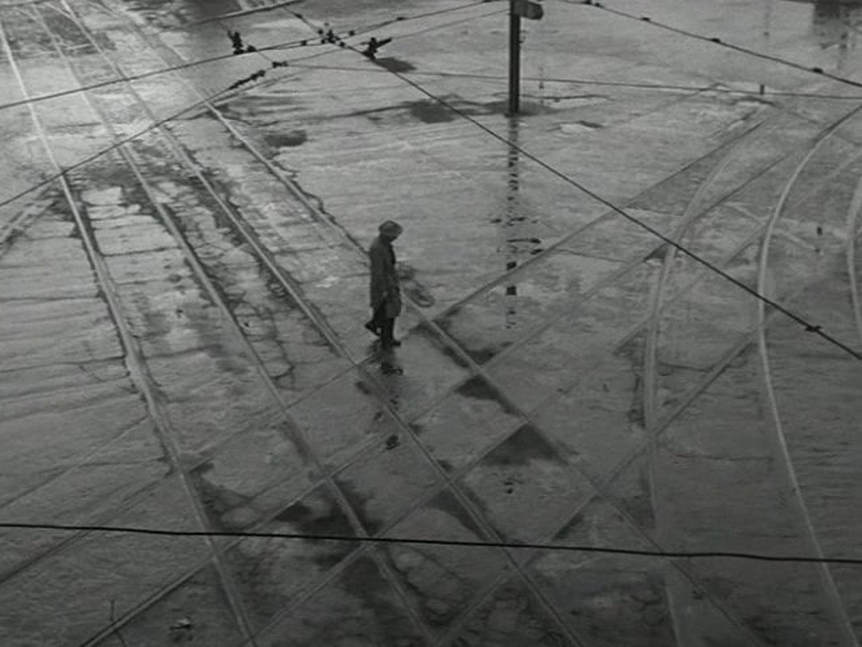
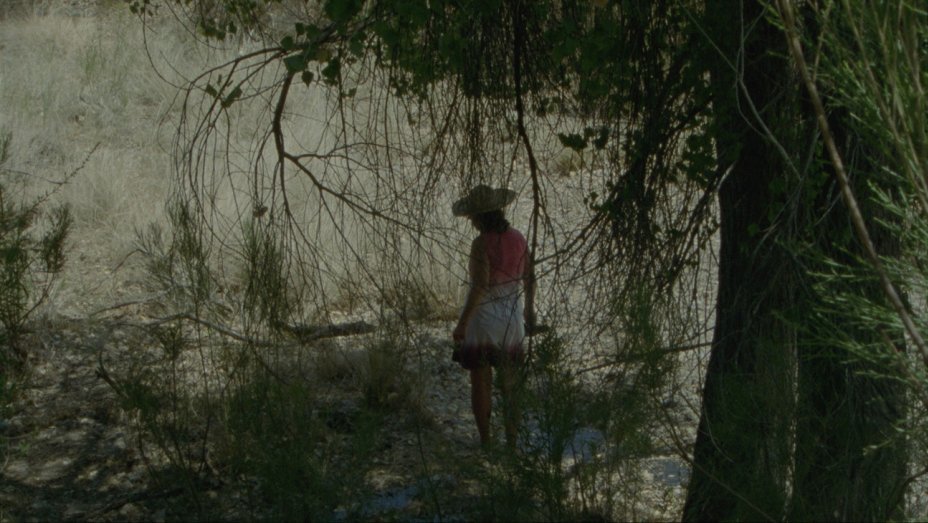
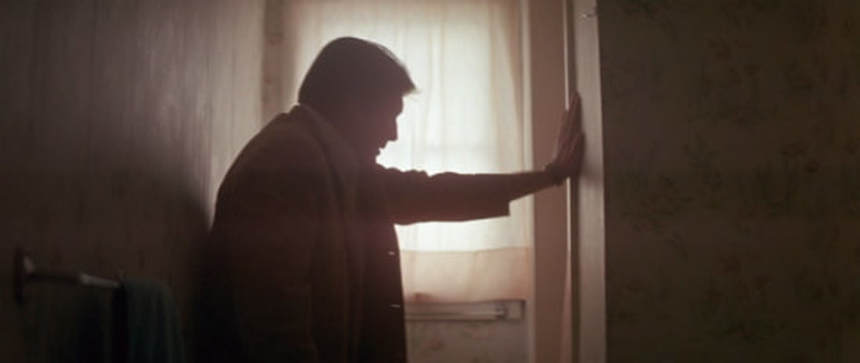

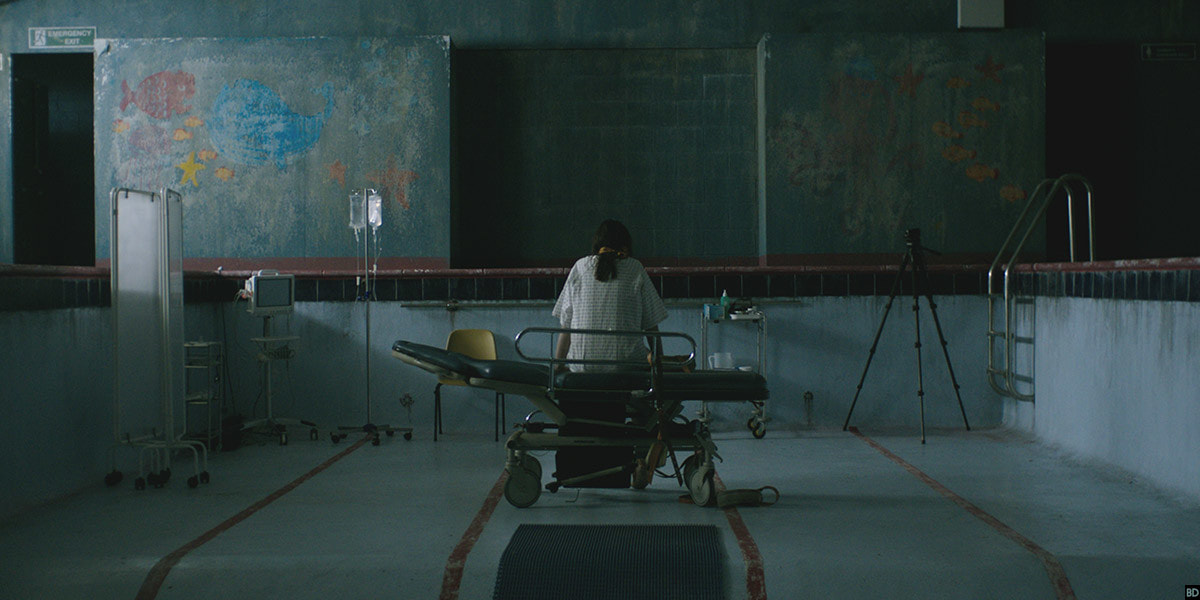
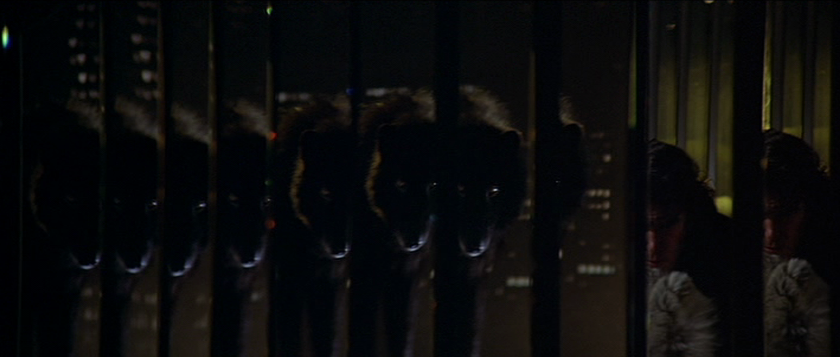
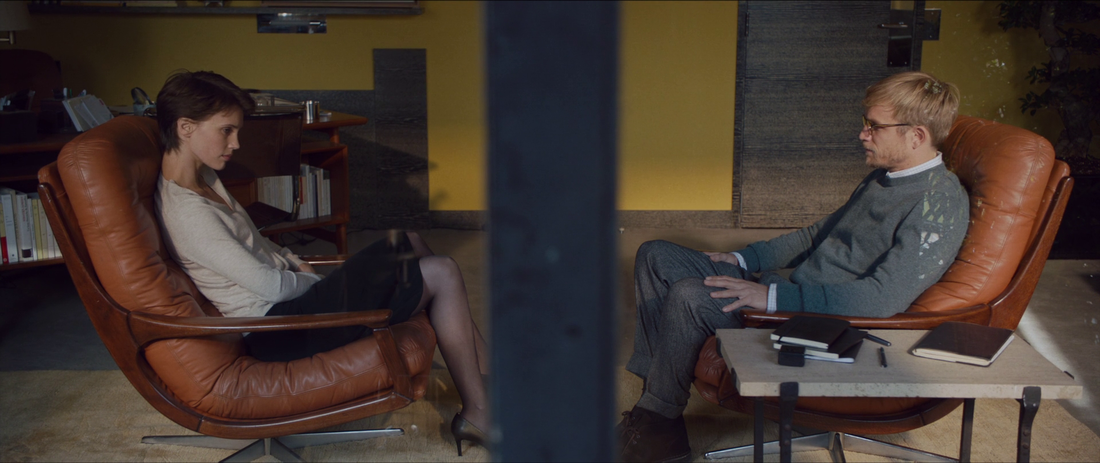

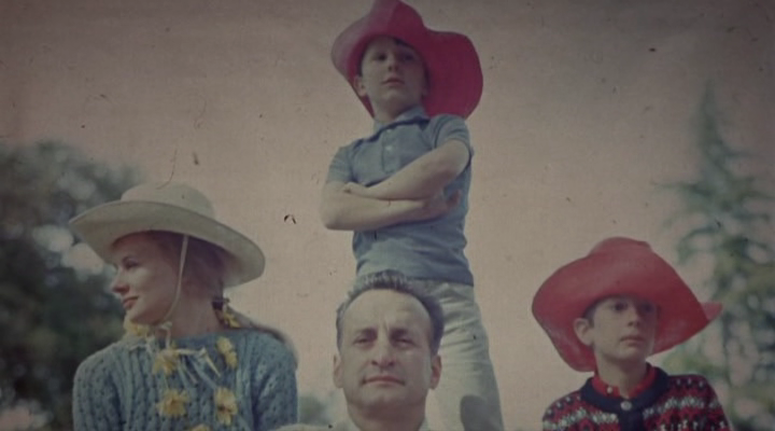

 RSS Feed
RSS Feed
